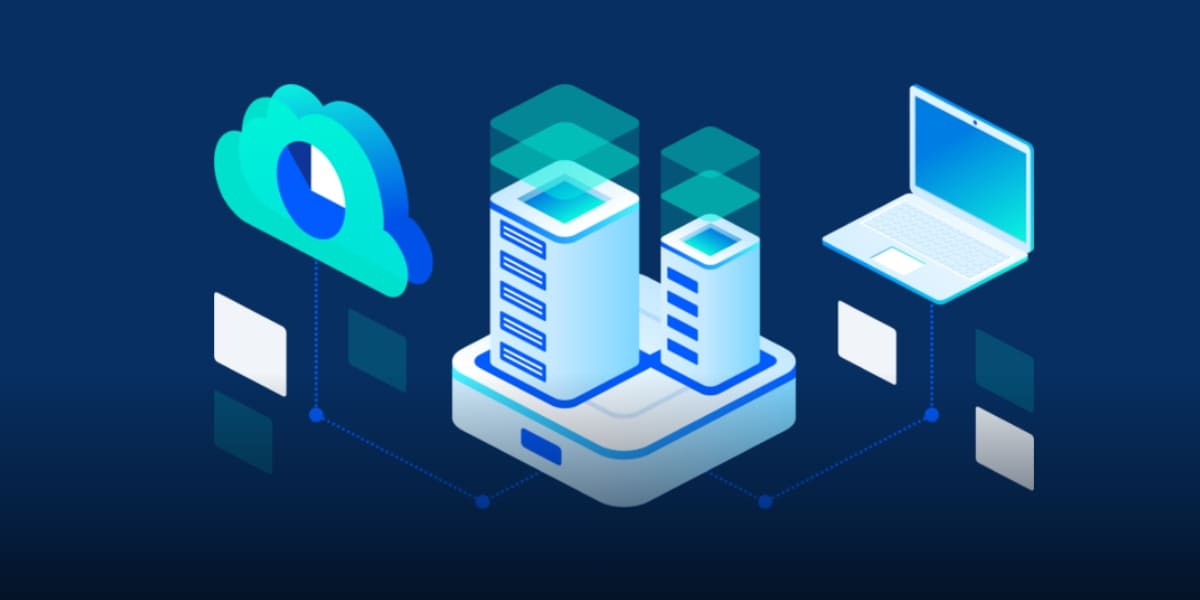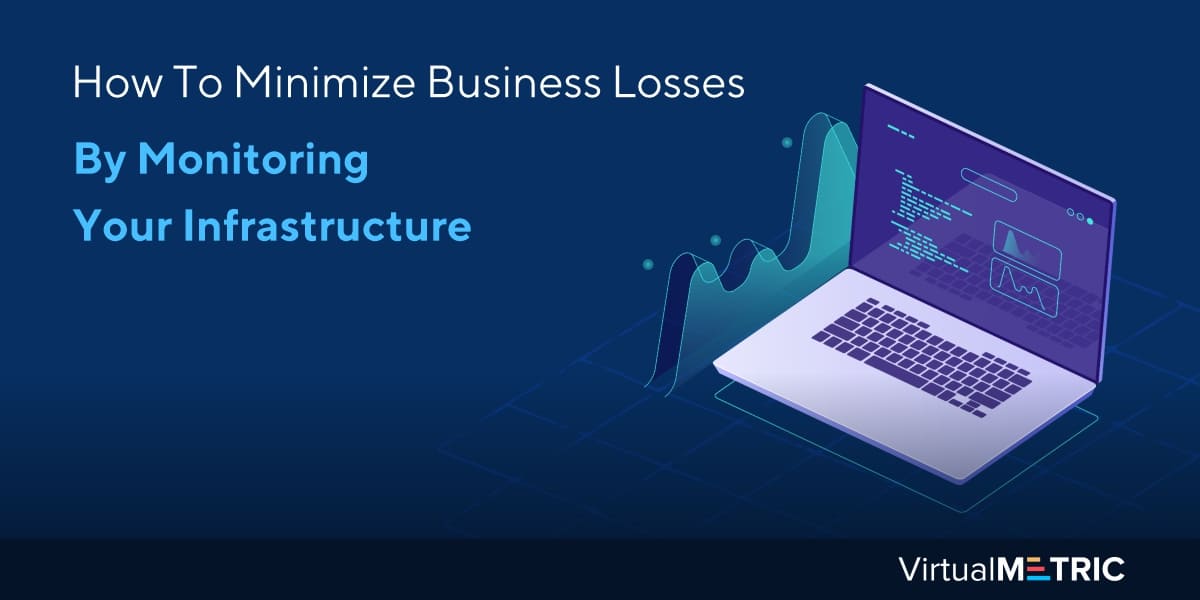System downtime is a part of the IT infrastructure. Very often, the system goes into a snag or downtime involving an unplanned stoppage of operations. More often than not, this is a direct result of a lack of appropriate maintenance. However, the smallest of downtimes can lead to heavy business and financial losses within the company.
Hence, the idea is to conduct maintenance tasks and operate the IT infrastructure to reduce potential downtimes. But how can you achieve minimum downtime for your business? There are multiple infrastructure monitoring techniques to do so. Let’s check them out one by one and see how they work.
Host your IT infrastructure on the cloud
Hosting your IT infrastructure and operations on the cloud is one of the most full-proof methods to reduce business losses due to downtime. The major benefit derived here is the fact that you do not have to depend on any particular IT hardware for operations.

The idea is to place most of the critical tasks and centers on the cloud, opting for AWS or the likes, to reduce downtime risks. The other important benefit from the cloud infrastructure is that you can access it from any device, after prior authorizations. Besides, scheduled maintenance is the need of the hour now.
With cloud infrastructure, you can conduct automatic maintenance tasks to ensure that there are reduced downtimes for your business. You can choose from a range of cloud options to get the most budget-friendly cloud space. These options range from dedicated, public, or shared cloud space.
Conduct regular maintenance
Every software has some blind spots that act as vulnerabilities for hackers and malware to sweep in. Hackers are always on the lookout for these vulnerable spots to take advantage. A single bug in the software can compromise the IT infrastructure and bring about business losses.

In these situations, the idea is to conduct regular maintenance to identify these blind spots in advance and prevent the intrusion of hackers or bugs. Three maintenance tasks require attention here – Patch, Update, and Upgrade. You can assign developers within the team to conduct these regular maintenance tasks.
Patches, especially security patches, are added to reduce vulnerabilities from within the software. On the other hand, regular updates to the existing version of the software can help reduce risks. Finally, upgrades to a new version can also deal with these discrepancies or holes that lead to business losses.
Conduct regular risk audits
While working with any IT infrastructure, conducting regular risk audits is an important part for businesses. What is a risk audit exactly? This audit is conducted to look into the future, understanding the IT hardware and software at your disposal to identify potential blind spots or vulnerabilities.
In other words, it identifies or predicts situations when the IT infrastructure might run into performance issues. This acts as a preventive analysis method when the team can take up suitable IT infrastructure solutions to reduce business losses. Therefore, having regular risk audits become imperative.

The major benefit derived from this method is the presence of an updated IT infrastructure system. This risk audit is included in the budget so that the expenses are kept under control. This avoids the chances of unplanned and uncontrolled expenses in case of IT infrastructure issues.
A typical result of a risk audit details the replacements, updates, and upgrades that can reduce the chances of downtime in IT infrastructure monitoring. Therefore, you need to conduct regular risk audits in your organization, preferably every month to find out the potential blind spots and vulnerabilities.
Employee training
Apart from the usual IT infrastructure monitoring tools, one important aspect of reducing IT business losses is upskilling the employees and providing them with adequate support. For any team within a company, the employees need to be vigilant and be ready to report any issues they face with the IT operations.

This is imperative because if the issues are noted and resolved at an early stage, they will not prove to be huge issues in the future. For instance, if an employee working in the front desk segment experiences a lag or a slowdown of the software, it should be reported immediately.
This could be a sign of a potential breach in the software that could eventually lead to huge losses. In another aspect, developing an in-house IT tech support team could prove to be handy here. Once the employees report an issue, the IT professionals should be able to act on them immediately.
Outsourced technical support
While maintaining an in-house tech team might be a beneficial idea, it comes with some problems. For instance, this could significantly increase the IT load. The employees would be burdened with conducting maintenance tasks, audits, and the likes, instead of focussing on product development or core business goals.

In this situation, it is often a good idea to opt for support outside of the company. Collaborating with an outsourced technical support team can help reduce the increased IT burden of the company. This provides the team with adequate support to monitor the IT infrastructure by a team of experts.
DevOps support provides IT infrastructure monitoring tools and solutions. Since this support is active 24/7 for 365 days a year, this significantly reduces business downtime leading to major losses. This approach might be a little costly. However, considering the business losses incurred during IT infrastructure downtime, this is a more practical solution.
Leave It On VirtualMetric
Preparing your team for preventing IT infrastructure breaches becomes important to reduce downtime and business losses. In this context, opting for VirtualMetric Inventory Monitoring and Reporting services can come in handy for maintaining your IT software and hardware infrastructure. This automates the concepts of inventory management and asset management.
Moreover, it empowers you with better control over your infrastructure. VirtualMetric provides accurate reports by tracking all your software and hardware assets. It keeps the track of your inventory so that you don’t need to depend on manual tracking via spreadsheets or emails. How does Virtual Metric help you?
- It conducts agentless inventory collection to produce reports.
- Detects anomalies within the system in advance to keep the inventory up to date.
- Conducts regular automatic scheduled checks to understand server configurations, settings and the likes.
- Maintains historical record of all your IT server software and hardware.
VirtualMetric can significantly reduce human errors in IT infrastructure monitoring, with customized inventory reports. The real-time monitoring process proves to be useful for effective infrastructure solutions in every business. VirtualMetric is the best infrastructure monitoring tool for your business and comes with a 30-day free trial.


Leave a Reply